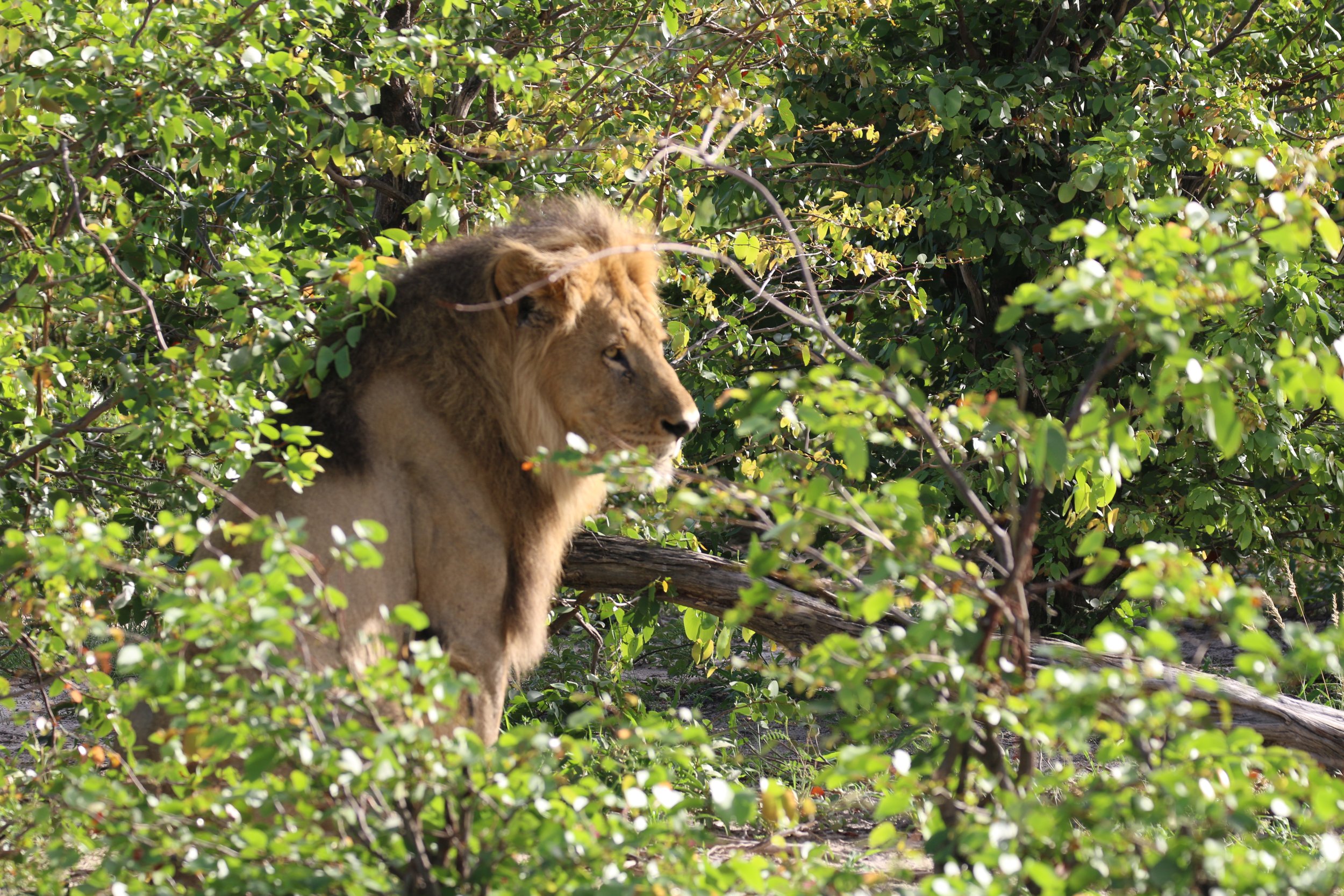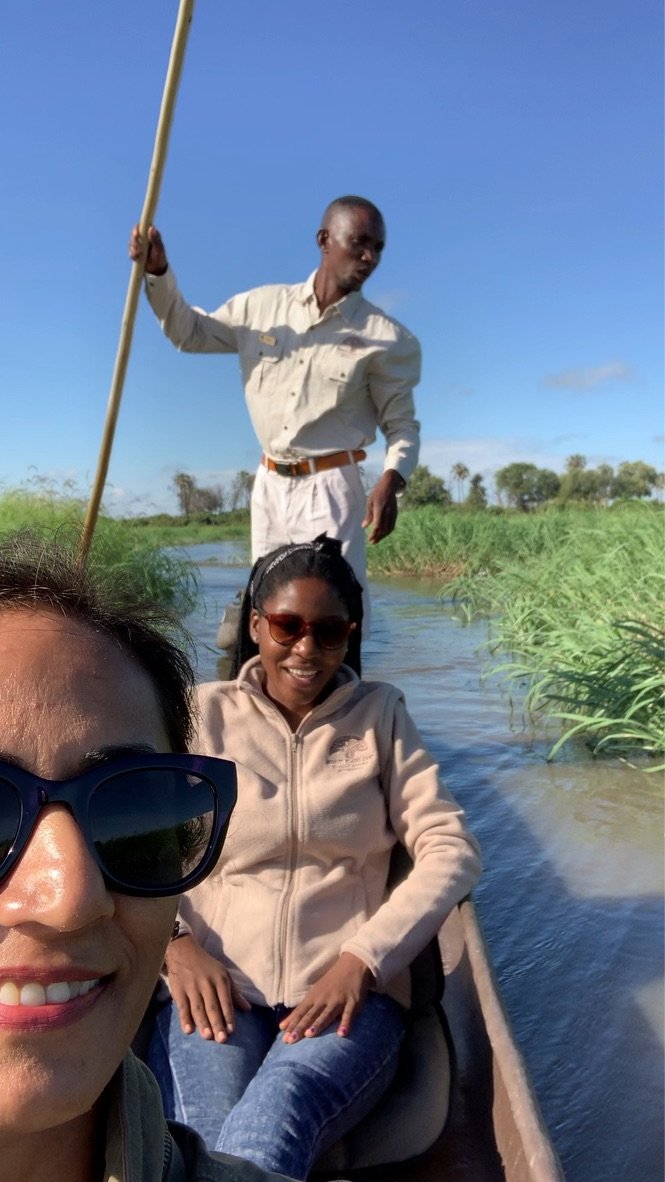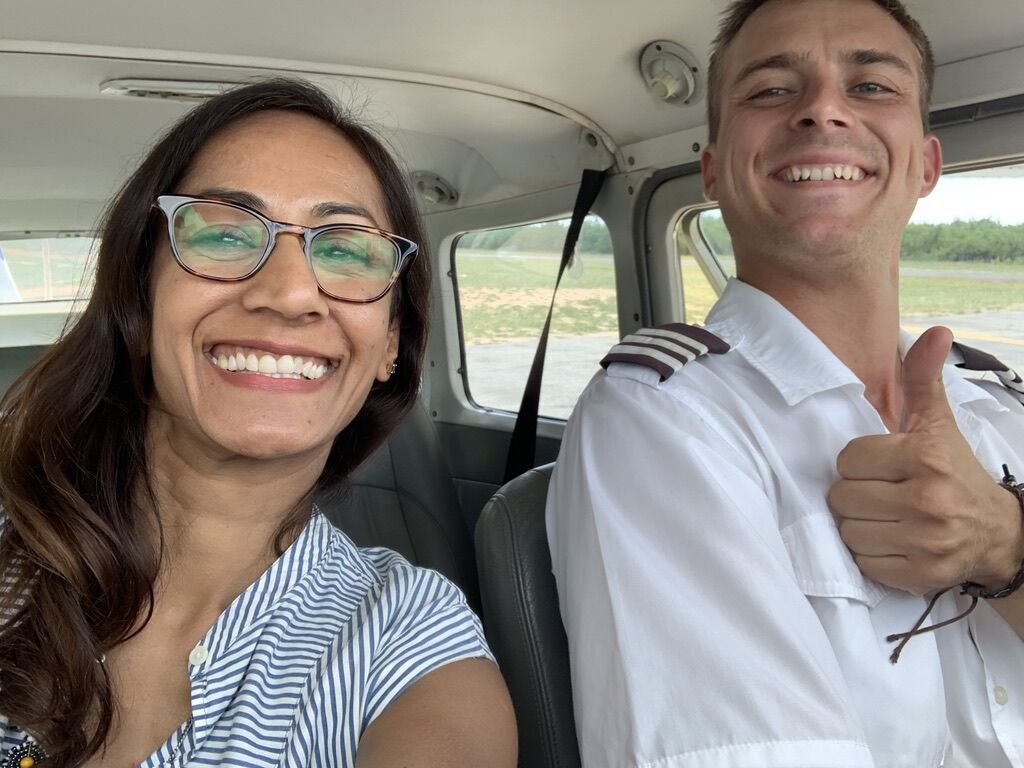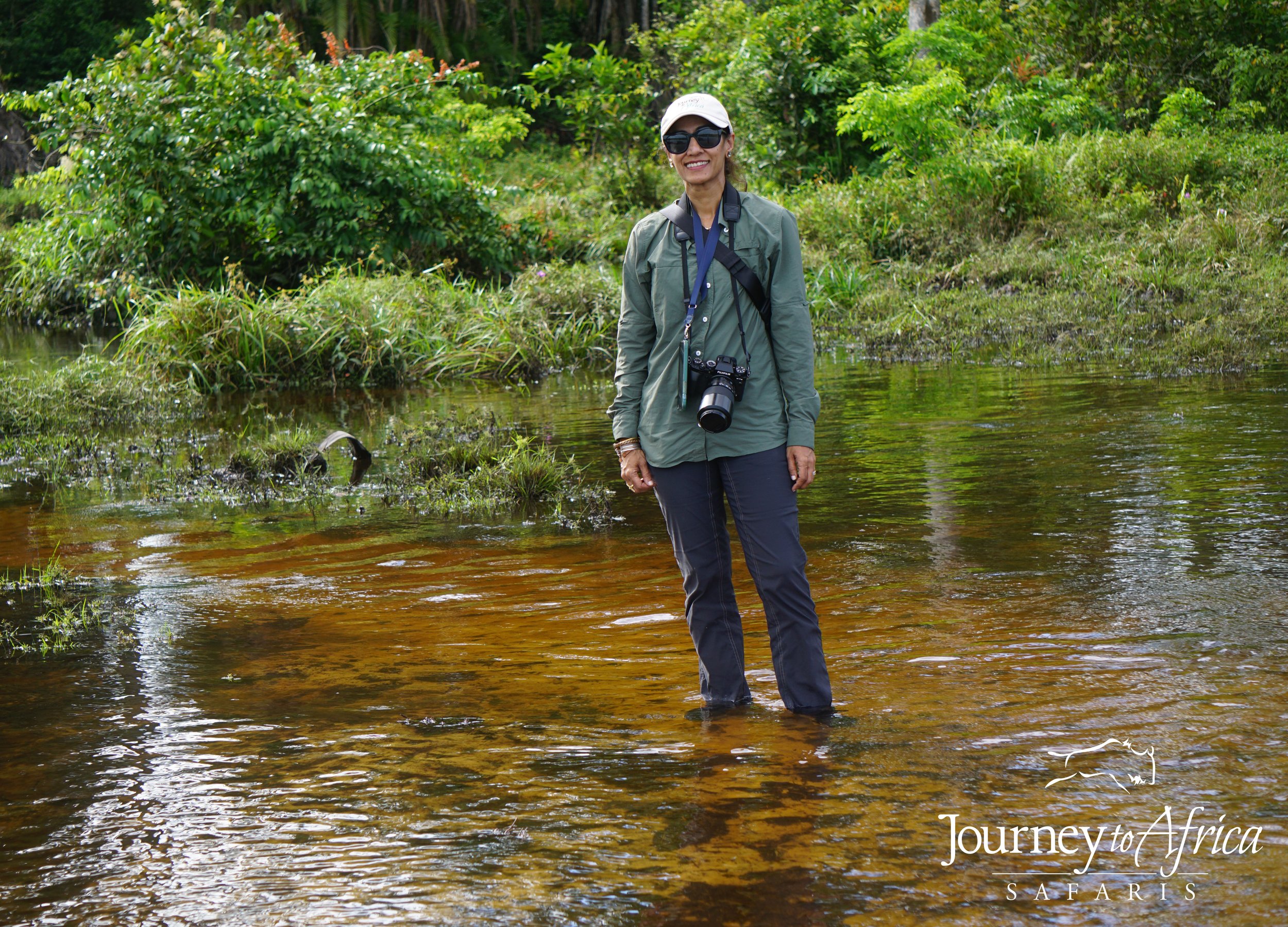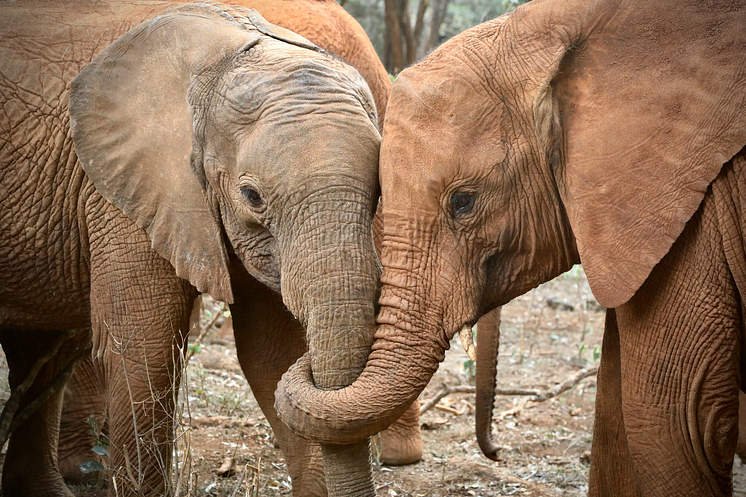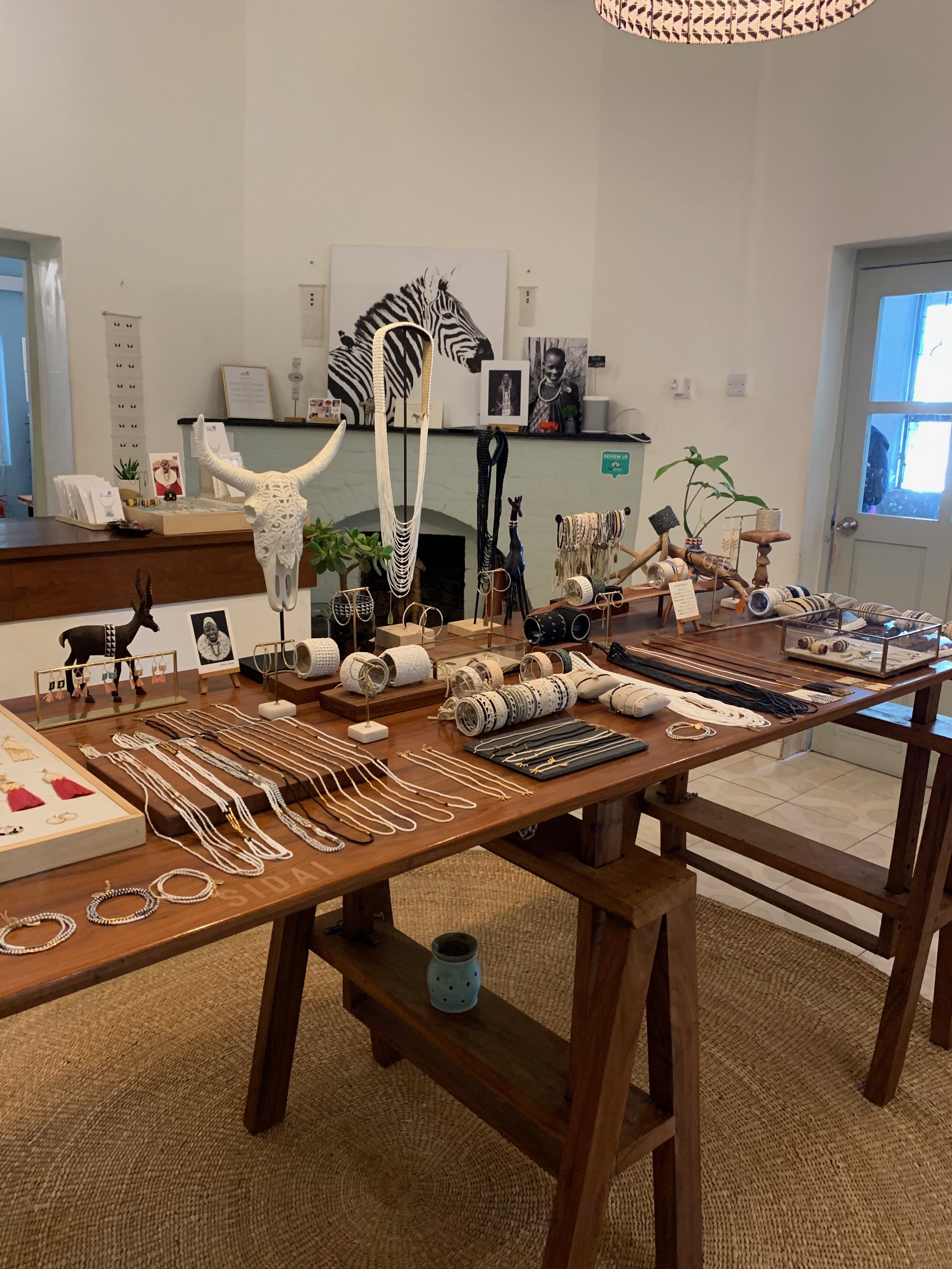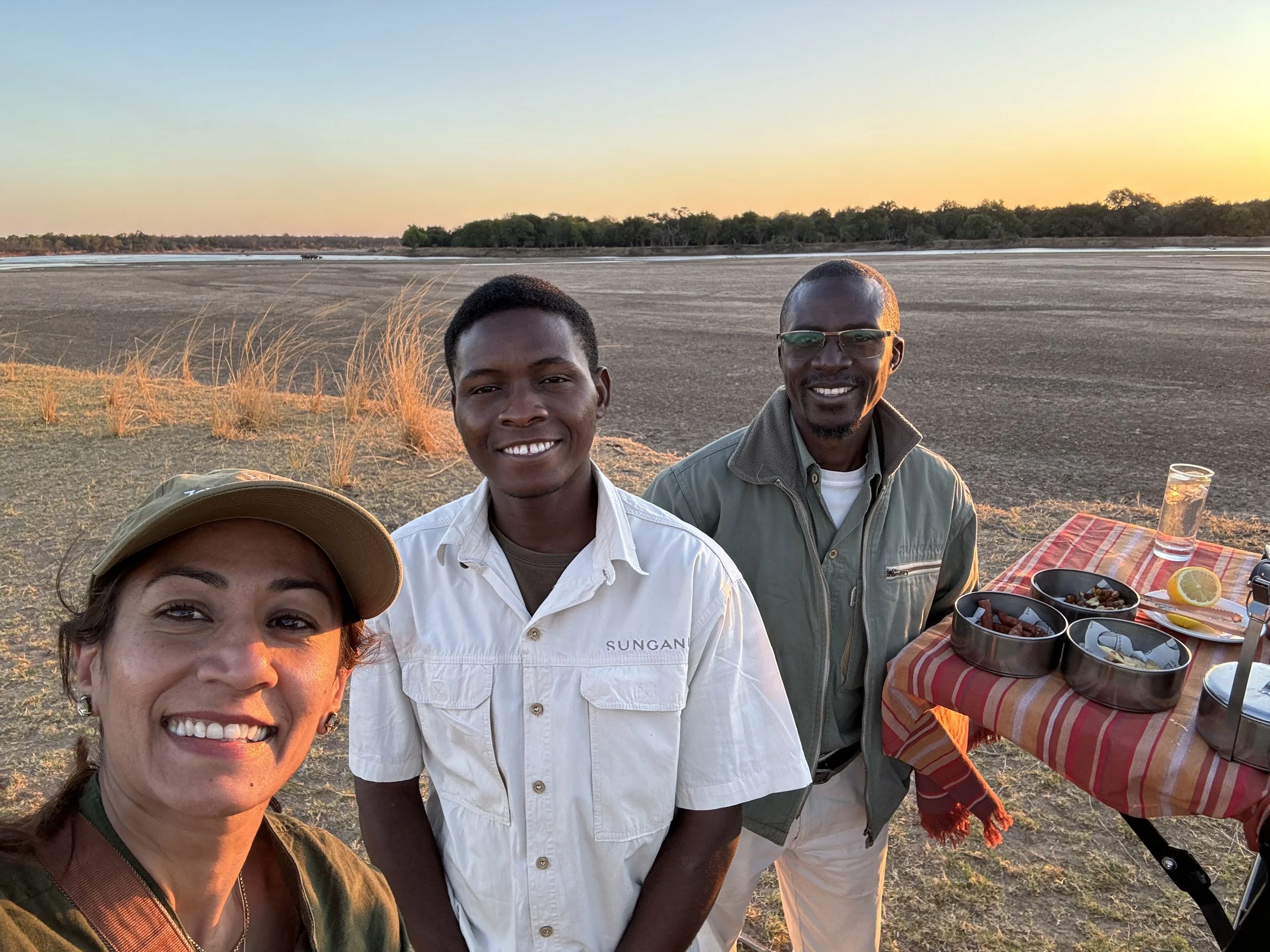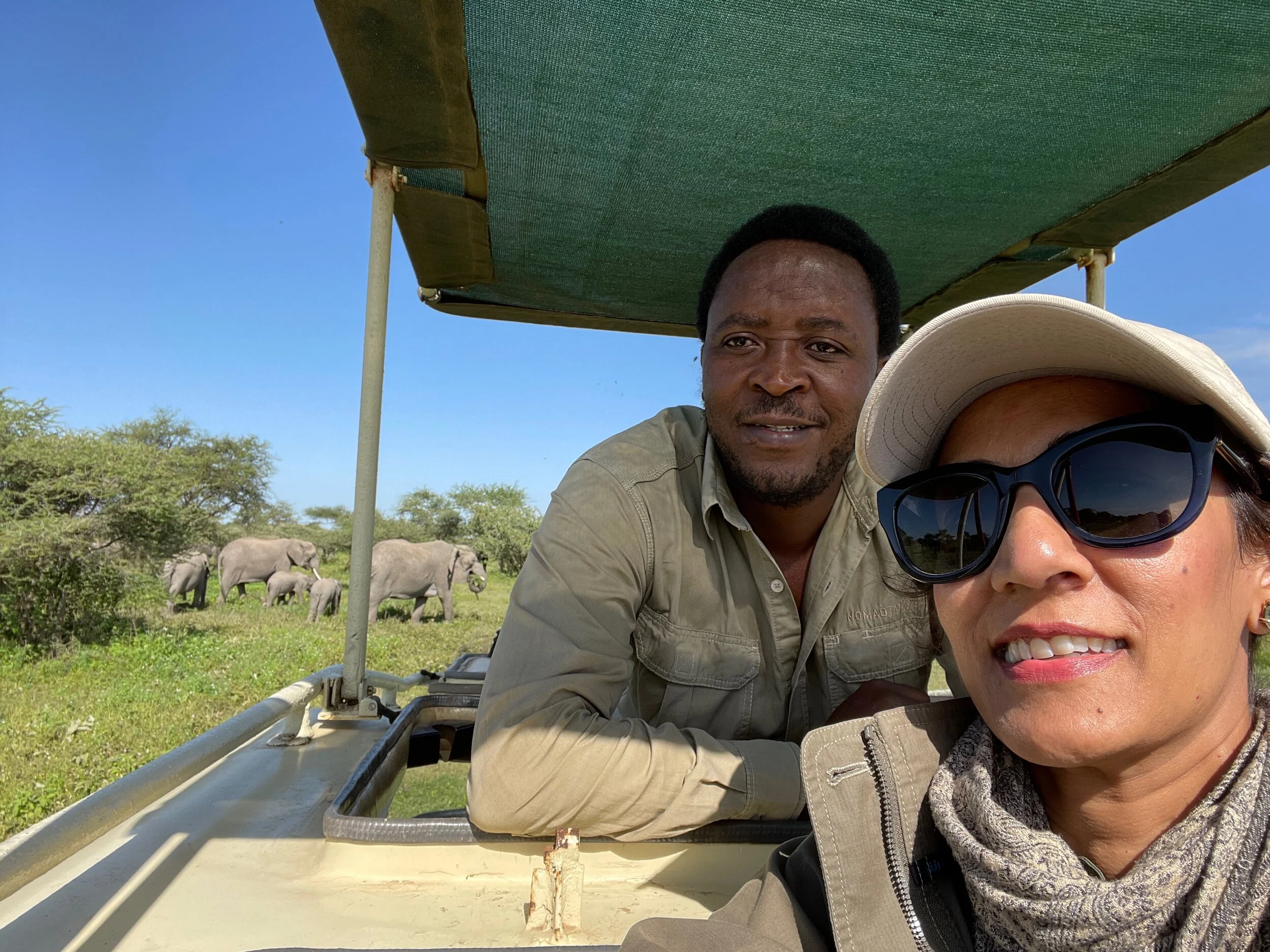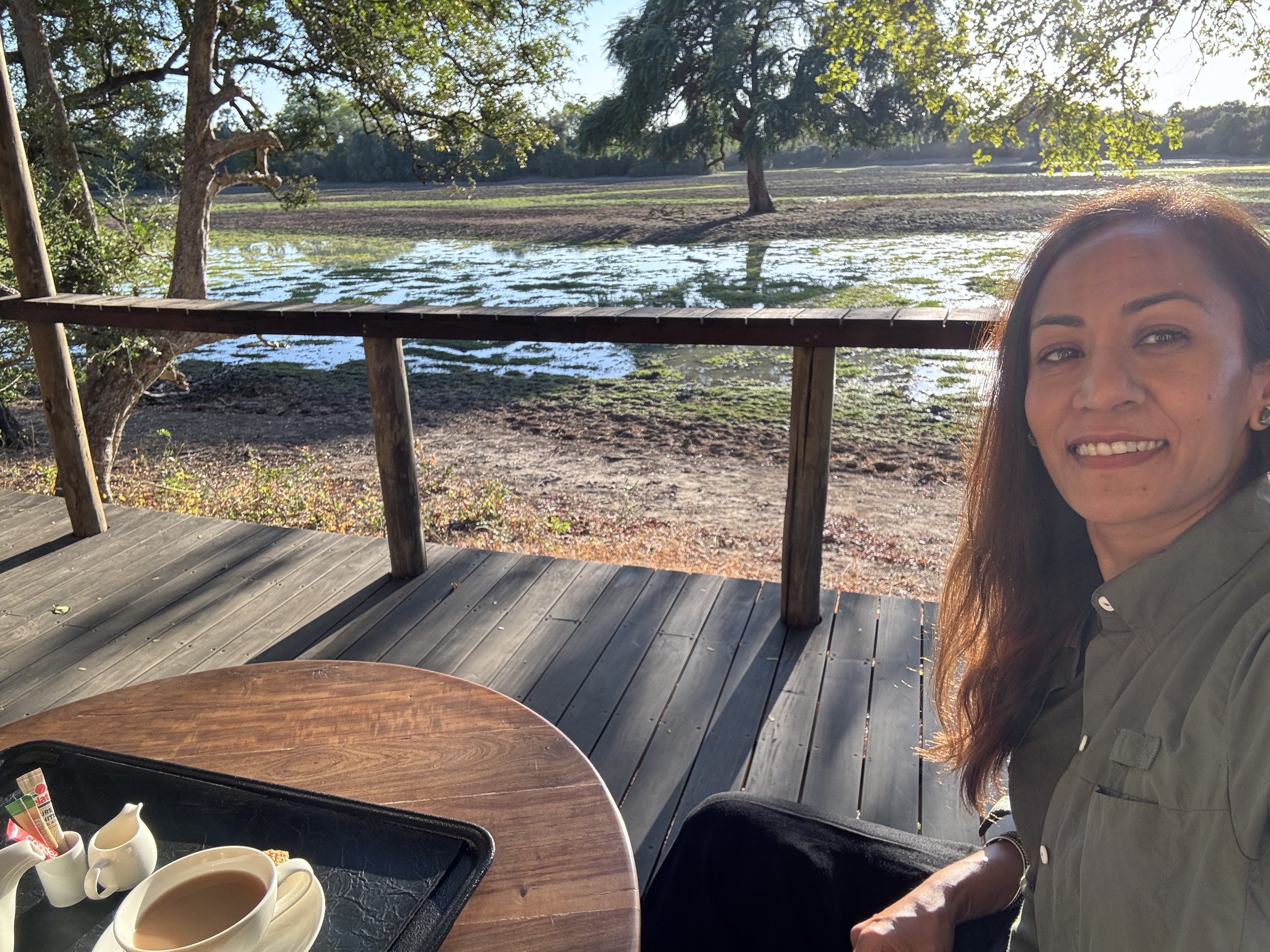Leopard from my time in Khwai Private Reserve.
There’s something about Botswana that just takes hold of your soul.
Maybe it’s the quiet glide of a mokoro (canoe) through golden reeds of the Okavango Delta channels. Or the sudden thrill as lions emerge from the brush. Or maybe it’s that feeling you get when you’re sipping coffee at sunrise with nothing (absolutely nothing!!) in sight but floodplains bathed in morning light.
Whatever it is... Botswana is calling. And I’ve been answering! So many of my guests are choosing this incredible country for their Safari – and I couldn’t be more thrilled.
Let me tell you why.
The magic of the Okavango Delta
The Okavango Delta is one of those places you truly have to experience to believe. A UNESCO World Heritage Site, this inland delta breathes life into everything around it – seasonal floodwaters transform dry plains into lush wetlands, creating one of Africa's most dynamic wildlife habitats.
Here’s where the magic lies: depending on where you stay within the Delta, your experience shifts dramatically based on whether you're in a “wet” camp or a “dry” camp.
In wet camps (camps surrounded by permanent water), water-based activities take center stage, such as mokoro rides (Botswana’s version of a canoe). These traditional dugout canoes drift silently through narrow water channels guided by expert polers – it’s peaceful, intimate, and wildly beautiful. You won’t hear an engine here… just birdsong and splashes as red lechwe leap across shallows.
Dry camps bring classic game drives across open savannahs teeming with wildlife, from elegant giraffes to stealthy leopards perched in leadwood trees. And if you’re lucky? African wild dogs might make an appearance, too.
Best part? Many camps offer both types of experiences… so you don’t have to choose!
On my evening game drive from Machaba Camp.
Wildlife encounters that stay with you
Botswana delivers some serious ‘wow’ moments when it comes to wildlife. We’re talking dreamy leopards and lions, a highly likely wild dog sightings plus rare species like the sitatunga antelope (you’ll only find them here), Pel’s fishing owl (a birder’s dream!), and even pangolins if you’re extremely lucky.
And then there are elephants – the herds here feel endless sometimes. Especially around Chobe or Khwai, where they gather by the hundreds during dry season.
Captured him from resting, getting ready to hunt [above], to hunt, to eating the whole impala. Video if you care to see.
I was watching these wild dogs play while a leopard couple was close by. Pure magic.
These are a few of my favorite camps.
My clients have had so many special moments at these properties – they each offer something special while staying true to what makes Botswana stand out: untamed beauty + thoughtful hospitality + meaningful community impact.
Machaba Safaris.
We like:
- Gomoti Camp, set along the Gomoti River in Khwai Conservancy.
- Machaba Camp, by Khwai River, overlooking Moremi Game Reserve.
- Kiri Camp, overlooking Kiri River in the delta.
All of them feels like stepping straight into nature with style!
The tents overlook waterways where elephants often wander by while you’re enjoying breakfast or lounging poolside (yes please!). It’s 100% solar-powered, too. A huge win for sustainability lovers like me.
Great mix of land AND seasonal water activities.
Private concession = fewer vehicles = better sightings
Rustic-chic design that’s all about blending with nature
Natural Selection Camps.
We like:
- Sable Alley and Tuludi Camps, set in floodplains of Khwai Private Reserve
- North Island in the northern Okavango Delta, its’own private paradise tucked away among islands and lagoons
Every tent is surrounded by ancient trees with views over shimmering channels. You’ll fall asleep to frogs chirping and wake up with hippos grunting nearby!
Best done three ways: land safaris + boat rides
Phenomenal birdlife
Conservation-focused through local youth development programs
Pro tip? If budget allows, treat yourself to a helicopter ride over the Delta from a few of their camps – it completely changes how you see this wild mosaic below.
African Bush Camp’s Khwai Leadwood
This one’s perfect for families or anyone who wants front-row access to everything Moremi has to offer without being inside park boundaries (translation: more flexible activities!). It sits right along the Khwai River where animals gather constantly – you won’t even need binoculars half the time.
Mokoro rides guided by locals = cultural connection + serenity
Gorgeous rooms & warm service
Ngwana Club keeps younger guests engaged while adults unwind
And yes, the outdoor bath under starlight at their honeymoon suite? Unreal!
Mokoro riding!
So, when should you go?
You literally can’t go wrong. Dry season runs from May–October, which is peak game viewing time as animals congregate around permanent water sources like rivers and lagoons. But don’t rule out green season either! November–March brings lush landscapes, dramatic skies… and lower rates.
I always help my guests match their travel dates with exactly what they’re hoping for, whether that’s predator action, birding bliss, or simply soaking up scenery few will ever see firsthand.
If you’ve been dreaming about an African Safari that's immersive yet intimate… raw yet refined… adventurous yet deeply personal, I would love nothing more than to craft your dream journey through wild Botswana together.
Let me show you why travelers keep coming back again…and again…and again…
Ready when you are!




